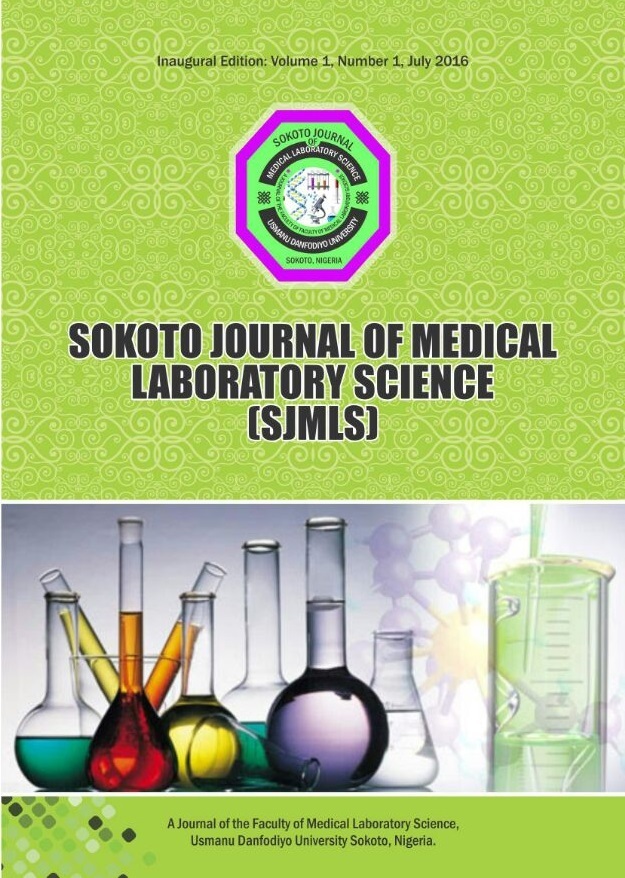Prevalence of Schistosoma heamatobium in Bladder Biopsies among Patients Suspected of Bladder Cancer
Keywords:
Bladder; Biopsies; Cancer; Schistosoma haematobiumAbstract
Schistosomes are parasitic blood flukes, which have a definitive mammalian host and fresh water snails as an intermediate invertebrate host. There are four human schistosomes which include Schistosoma haematobium, Schistosoma Mansoni, Schistosoma Japonicum, Schistosoma Mekongi. The aim of the study was to determine the prevalence of Schistosoma haematobium infections in bladder biopsies. One hundred and ten (110), formalin- fixed, paraffin –embedded bladder tissue samples were obtained from previously archived samples in the histopathology laboratory of Igbenidion University Teaching Hospital, Edo State. The tissue blocks were sectioned and stained using haematoxylin and eosin staining technique. The frequency of patients with bladder lesion suspected to have Schistosoma haematobium, showed that age group 30-35 recorded the highest number 35 representing 35.71% of occurrence. The least prevalence occurred in the 20-29 years age group with only 4.08% of the cases. The mean age for the patients was recorded as 47.78 ±---- years. Females recorded the higher number of cases (62%) when compared to their male counterparts (38%). There was mildly infiltrated malignant cell I slide A. Slides B-F are characterized by malignant epithelial cells admixed chronic inflammatory cells while slides D and F have haemorrhagic perforations. There was no ova of Schistosoma haematobium seen using the compound light
microscope. The pathologic conditions noticed in this study calls for concern. Therefore, campaign and advocacy on the detrimental effect of S. haematobium on the urinary bladder is recommended.




